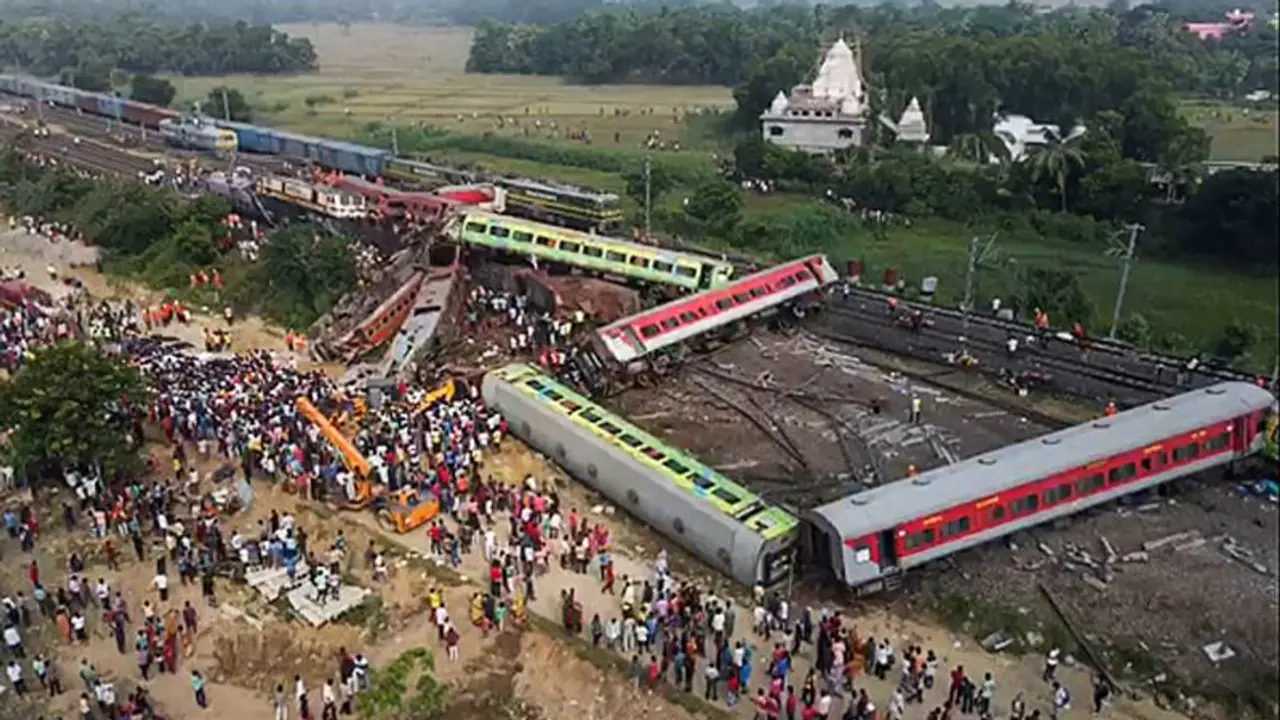The Commissioner of Railways Safety (CRS) report into last month's Odisha train tragedy has reportedly identified 'human error' on the part of the workers signalling department as the accident's primary cause.
A month after the Balasore triple train accident, which resulted in 293 deaths and over 1,000 injuries, the Commissioner of Railways Safety (CRS) conducting the investigation has reportedly identified human error on the part of workers in the signalling department as the accident's primary cause, ruling out the possibility of sabotage, a technical error, or a machine malfunction. The Central Bureau of Investigation is already looking into the accident's potential connection to a criminal conspiracy.

According to an NDTV report, those with knowledge of the situation claim that a few ground authorities were negligent in failing to follow proper safety inspection protocols, especially after design adjustments were made three years ago as a result of safety concerns.
The report, quoting officials said, the ministry is expected to take action against those who ignored safety procedures, including those outside the signals department who failed to report modifications to the design.
"The central diagram had failed to reflect changes made to the circuit, and yearly inspections made later did not flag that too. So it was not the error of one person, but at least up to five that have come to the fore," an official told NDTV.
One of the biggest railway tragedies in the nation in the past 20 years featured three trains: the Bengaluru-Howrah Superfast Express, the cargo train, and the Kolkata-Chennai Coromandel Express.
Although the CRS assessment does not suggest sabotage, authorities reportedly stated that Railways will not make the CRS report public in order to prevent any influence or intervention on the CBI investigation that could raise questions about the sabotage angle.
Indian Railways would be able to overhaul its safety systems with the help of the CRS report's conclusions and the subsequent CBI report, according to officials, who also noted that the railways are looking at the best technologies employed in the steel sector and other railway safety systems throughout the globe.
"To prevent error by the driver who decides the speed of the train depending on the signal, we are pushing use of anti-collision devices. And for the last two years, ultrasound testing of tracks to detect micro fractures has been a top focus too. Track management is crucial in rail safety. But we are looking at the extensive use of electronic relay systems across the railway network to prevent freak accidents such as what happened in Balasore. These are the most robust, tried and tested systems for rail safety," an official told NDTV.
Also read: Odisha Train Accident: The two possibilities on tracks
The official said that it might take up to three years for such a system to be implemented nationwide and that the railways and centre were tenacious in their efforts to ensure that safety was not compromised.
The Railway Board has implemented a double-locking system for all of its relay rooms equipped with train operating systems.
